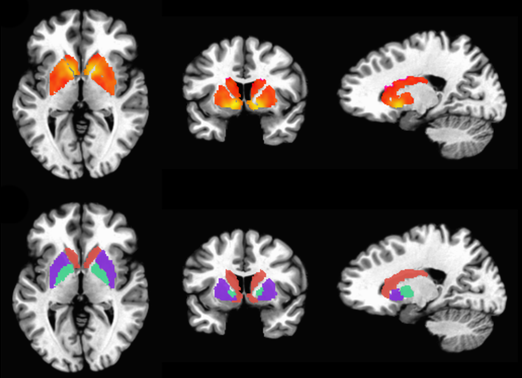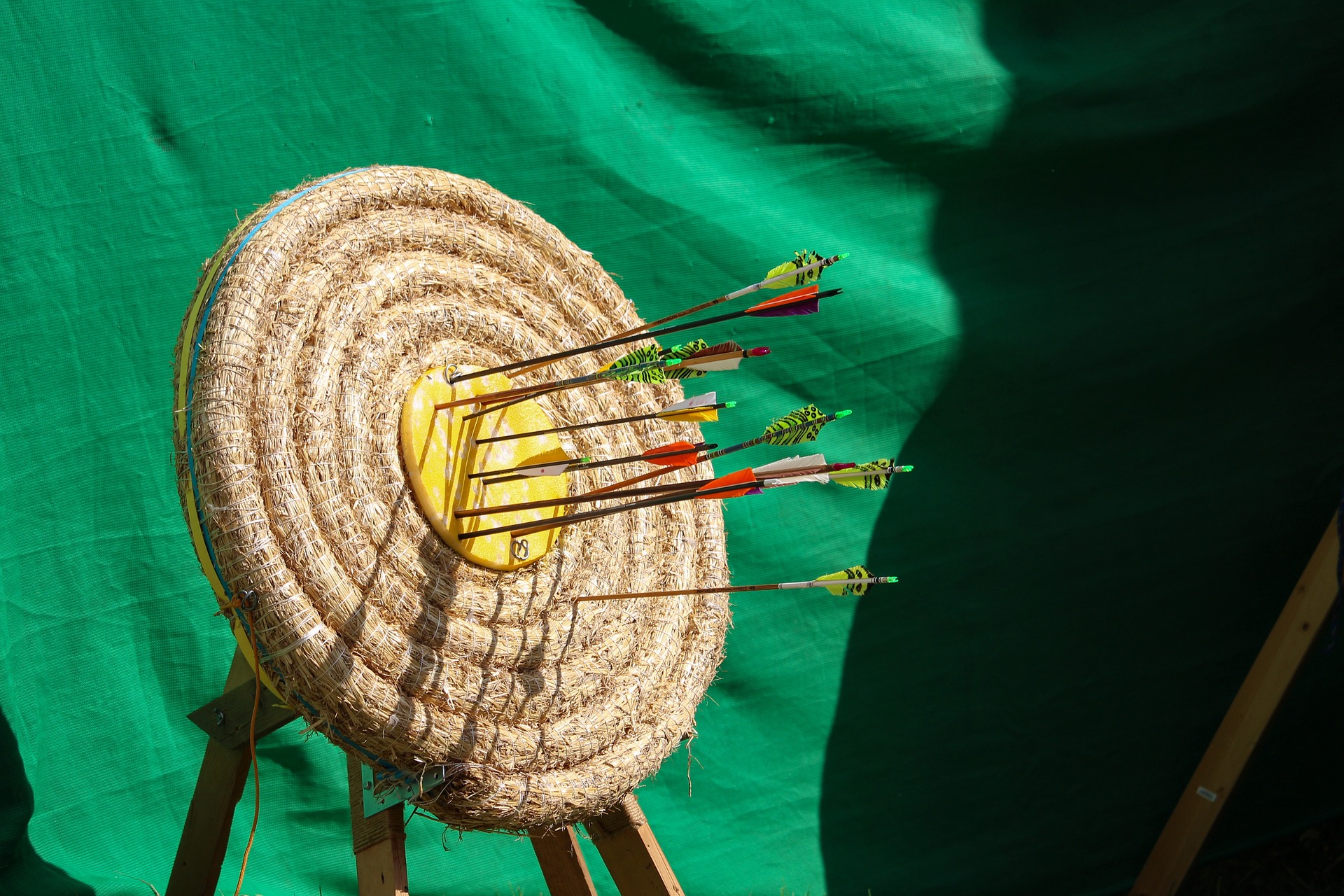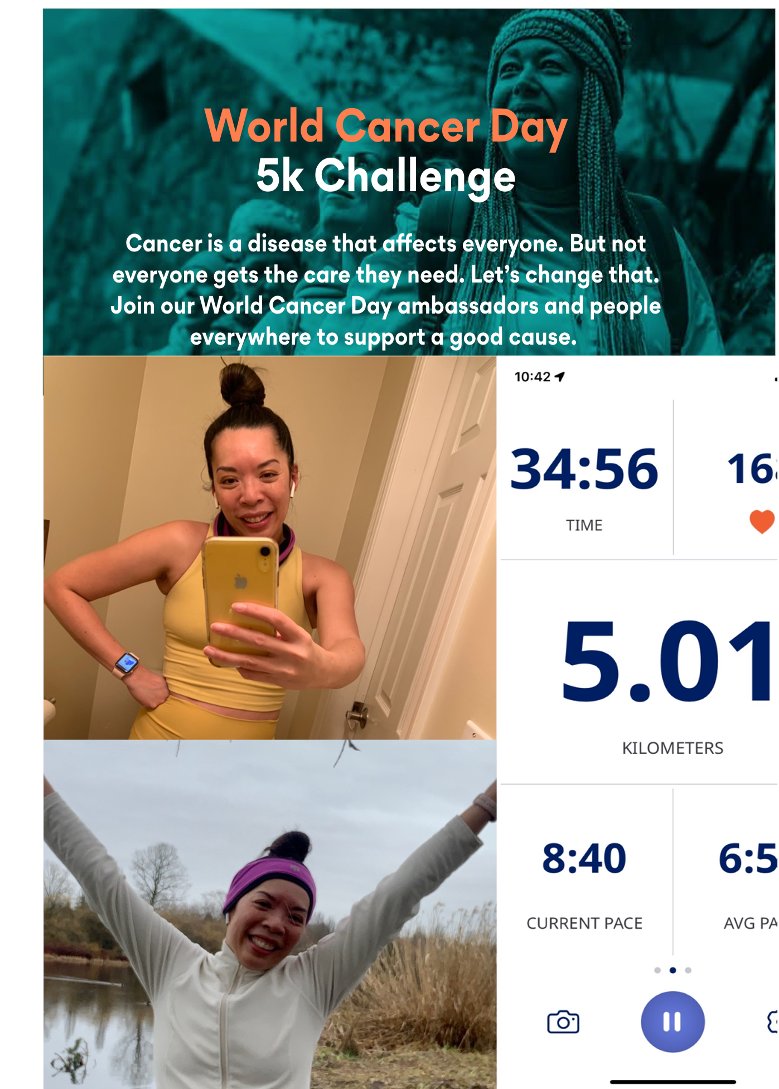Undergoing research projects are akin to embarking on epic journeys. There is extensive preparation, resource gathering, and seeking guidance even before your journey starts. Once the project begins, throughout your research journey there are obstacles to overcome, new knowledge to consider, and searching for a truth that has yet to be discovered. Your research is an epic saga of hard work and perpetual learning you have experienced, encompassing years, even decades of your dedication.
One of the end goals of conducting studies, collecting data, and analyzing results is to share your discoveries with the hope that it will impact lives for the better. You manipulate font sizes, edit language, and format and re-format images until years of work fits in a publication, on a poster or on among several slides to be presented at conferences, hoping to communicate the significance of your work to fellow researchers, important stakeholders, and the wider public.
It can be challenging to quantify the impact of your research. But what we do know, is that for centuries even before written language, humans have relied on storytelling to pass along valuable information and lessons.
By incorporating storytelling into your research communication, you can help engage and inspire your audience, making your findings more accessible and impactful. By framing your research around a central narrative or using anecdotes to illustrate the impact of your work, you can help bridge the gap between complex scientific concepts and relatable experiences of your audience.
Storytelling can also be especially useful when communicating sensitive or complex information. For example, this Oxford University Press article discusses how narratives support communicating information for patients diagnosed with cancer and their caregivers because, not only are narratives a fundamental mode of thinking, they are also a persuasive way of sharing information.
Sitting in front of your screen today, what can you remember from the last presentation you saw? Or paper you read? What stuck out to you? What aspect still lives in your brain? When a publication or presentation does not resonate with an audience, there is often a lack of emotion or relatability within the content or concepts being shared.
Delving into the detail-focused aspects of your research journey are best saved for theses, academic publications, and conversations with experts in your field who have gone through similar trials and tribulations. When it comes to reaching a broader audience, storytelling is powerful.
Once more, with feeling
A recognized approach to resonate emotionally with an audience’s feelings is by using narratives. Throughout human history, stories have been a key part of generating empathy and enabling us to work together. Our brains are hardwired for narratives, and they offer increased comprehension, interest, and engagement from an audience.

Researchers at Princeton University have discovered that stories help us to synchronise our brains by using functional MRI technology. The results of a study by Dr. Uri Hasson, showed that listeners showed similar brain activity during the story as the speaker. Hasson compared responses in the speaker’s brain as they told a story to the responses in the listeners’ brain as they listened to it and found that the responses in the listeners’ brain are coupled (correlated with a lag) to the responses in the speaker’s brain (Stephens et al., 2010). The outcome of these coupled communication experiences led to the listeners’ better understanding of what the speaker was sharing.
This is why stories are memorable! It is because when we are told a story we experience it. We take the words and emotions being shared when being told a story and imagine the characters, their settings, and their situations as a narrative within our minds. We can relate to different elements of a story based on our own lived experiences and making those connections strengthens our understanding of what we are learning. This also helps us remember the story and, if it is especially memorable or insightful, encourages us to share that story with others.
Advice on building a narrative
How often have you seen “science” portrayed in popular media and cringe? Sometimes it’s not even in your field of expertise, yet you recognize a lack of scientific accuracy. Thankfully, communicating science does not have to involve sacrificing scientific integrity for the sake of a story. It is more about finding a balance between the scope of what you want to share and how much detail you want to dive into. Remember, there is often either a space or time limit in which the information can be shared so you won’t be able to fit everything, but that’s okay!
The most important part in building your narrative is figuring out what you want your audience to remember. What do you want them to walk away thinking about? What do you want them to share with their friends or family? Whatever that part is, lead with it. For example, this article is on storytelling, and it tells you, right in the title, that that is what this article is about. No jargon, no methods; just a clear title with a clear message. Sure, there’s an introduction stylized to inspire you to consider the impact of using storytelling, but it is very easy to remember what this article is about and share it with your friends, family, and colleagues. And please feel free to share it! Once you know what your key message is, then you can build your story around it, keeping one very important thing in mind: keep it simple.
 In science, there is emphasis on being both accurate and precise. This is crucial when explaining how a result has been achieved, largely so that the results are reproducible and can then be built upon to continue advancing that scientific field. However, in science communication, accuracy is more important. When you are sharing your work, you want your audience to walk away understanding the truth of your work. They are often less invested in how you achieved the results you did, and want to know more about how those results could impact them or their loved ones. When it comes to connecting with non-expert audiences, maintaining accuracy while telling your story is more impactful than adding every detail.
In science, there is emphasis on being both accurate and precise. This is crucial when explaining how a result has been achieved, largely so that the results are reproducible and can then be built upon to continue advancing that scientific field. However, in science communication, accuracy is more important. When you are sharing your work, you want your audience to walk away understanding the truth of your work. They are often less invested in how you achieved the results you did, and want to know more about how those results could impact them or their loved ones. When it comes to connecting with non-expert audiences, maintaining accuracy while telling your story is more impactful than adding every detail.
You can take your audience on a journey with your research. One genre that lends itself well to research are mysteries. Frame your early findings as clues, describe your methods as tools of sleuthing to help uncover the truth. Feel free to be inspired by famous detective tropes and incorporate mystery nuances to make the material being shared more approachable.
Excited to share your science story? You can start right now. Using a tool billions of people use every day to share stories: social media. Stories shared on social media must be succinct and often visual-focused, but their impact in sharing information, whether the information is correct or not, cannot be ignored.
Sharing stories on social media

With over 4 billion people actively using social media, it is the place where stories are shared. The meteoric rise of social media use is largely because of the ease with which stories and information is shared. With restrictions on characters and video length, social media platforms force you to think about how you can share your story using language that is succinct and easily understood. If wanting to dip your toes into social media, we recommend starting with Twitter. Why? Not only because you do not have to worry about audio, lighting, or video editing, but also because we have a guide on how to start a lab Twitter account.
Need another reason to start on social media? An article published in Nature likens the social media landscape to a “nonstop academic conference for all”. All the features of scientific meetings — idea sharing, social interactions, professional collaborations — are happening in a virtual space except with the notable difference where the public can peek in and share their ideas and insights. Scientists are now able to interact with people interested in their work, including those who may be directly affected by the work they are doing. Social media enables possibility to create a hub of knowledge exchange with academic colleagues, potential trainees, and people impacted by your research. For example, Advancing Health Scientist Dr. Amanda Slaunwhite shares how her presence on Twitter has improved her research transparency, led to new projects and overall, positively influenced her work.
Looking for inspiration? Advancing Health has several scientists who are actively on the platform sharing the work that they do and often a snippet of their everyday lives: Dr. Mary De Vera (@maryadevera), Dr. Rita McCracken (@DrRitaMc), Dr. Skye Barbic (@skye_barbic), Dr. Lillian Hung (@nurselillian), and Dr. Amanda Slaunwhite (@akslaunwhite).
Want to learn more about storytelling, social media, or other aspects of science communication? Get in touch with our communications team: communications at advancinghealth.ubc.ca.



